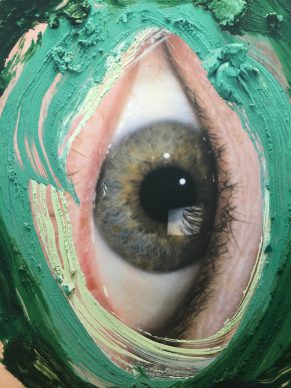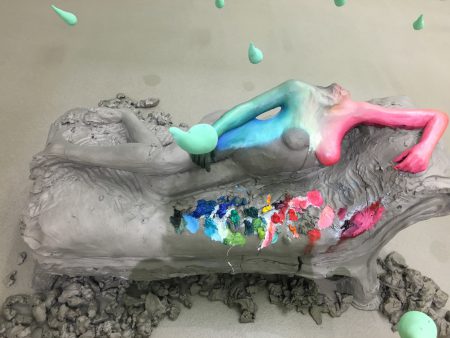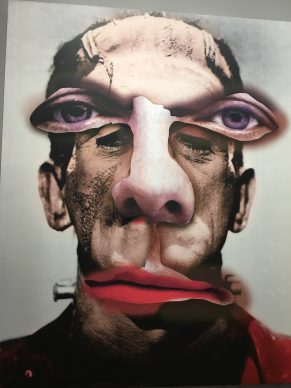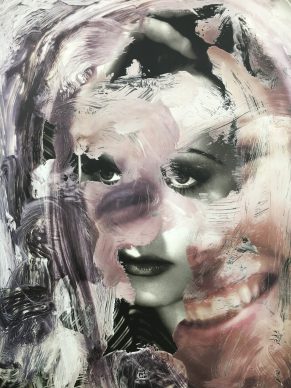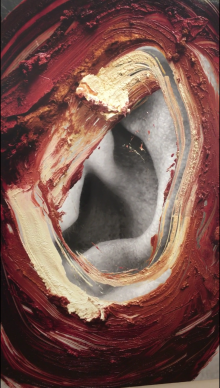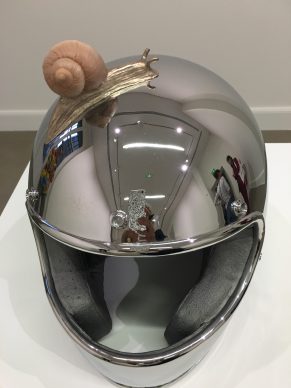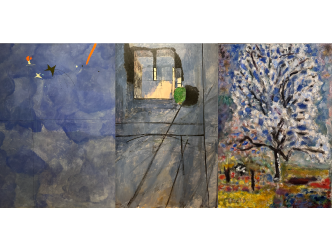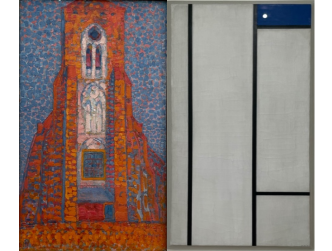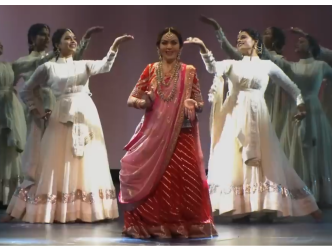You can look for all the similarities you want between Vincent Van Gogh, who is almost the adoptive son of this region, and the artists programmed here (Yan Pei Ming,Bertrand Lavier …), the fact remains that its director is one Bice Curiger, an art critic co-creator of one of the major contemporary art reviews, Parkett, and its president is Maja Hoffmann, the superb and much acclaimed contemporary art collector who is working concurrently on an immense contemporary art complex, also in Arles, whose showpiece is designed by Frank Gehry.
The new ‘guest star’ of the Van Gogh Foundation is Urs Fischer , the Swiss artist currently residing in New York.
Yes, he can rightfully be considered a star for though he was born in 1973 he already has on his CV a list of top-flight institutions.
In 2016 during the summer, he was the subject of an exhibition at the Garage museum of contemporary art in Moscow (the institution founded by Dasha Zhukova), the MOCA Los Angeles in 2013, François Pinault’s Palazzo Grassi in 2012, New York’s New Museum in 2010 and the Centre Pompidou in 2004.
Urs Fischer is also a darling of contemporary art collectors as far away as Doha. His oversized yellow Lamp Bear (a 20-tonne, seven-metre-high piece) which could arguably be a self-portrait (Urs, pronounced ‘ours’ in French, means bear) remains, and this is no reflection on his work, the most photographed of his works. It has to be said that it stands out in airport of the Qatari capital.
But back to the sublime capital of the Camargue region: Arles
Urs explains that he’s showing work of his made since 2013. He does not attempt to conceal the lack of common ground with Van Gogh’s work:
The exhibition is particularly successful. It opens onto a spectacular room, which on its own would be worth the journey.
It is completely filled with enormous drops of hard-painted bronze under which lascivious female figures, slightly smaller than real life and unfinished, stretch out on sofas.
One should probably add that none of them have heads. Did the artist decapitate them like a male Salomé or a male Judith taking revenge on John the Baptist or Holofernes?
Unless, in a more prosaic explanation, he was unsatisfied with the heads he modelled, as Urs himself asserts.
This room, in fact, is like a hymn to physical desire.
For these giant drops can be seen as male organs or carrots, which is much the same thing, while the objects of desire, the women, are in the process of being destroyed by the artist who would wish to liberate himself from this desire.
Indeed, at the end of the cycle the artist has replaced one of his lascivious women, archetype of ancient art, with a giant carrot.
Magritte couldn’t have done any better.
When I asked him what influence surrealism has had on him, this was his response:
Urs Fischer plays with categories and illusions.
His women look like they’re modelled out of clay but they’re in fact bronze. He began painting them, transforming them into painting-sculptures.
One of the other remarkable rooms contains his paintings on aluminium panel. The theme here is cavities: an oversized eye or an ear, which combine photography and painted trompe-l’oeil on aluminium. Is it photography, print or painting? A trompe-l’oeil of an eye? The mind swims in wordplay.
Urs Fischer works on lightness with a seriousness you don’t often see.
It’s an art with a high difficulty coefficient, and fascinating for it. In this domain, he’s the absolute master.
www.fondation-vincentvangogh-arles.org
Support independent news on art.
Your contribution : Make a monthly commitment to support JB Reports or a one off contribution as and when you feel like it. Choose the option that suits you best.
Need to cancel a recurring donation? Please go here.
The donation is considered to be a subscription for a fee set by the donor and for a duration also set by the donor.

